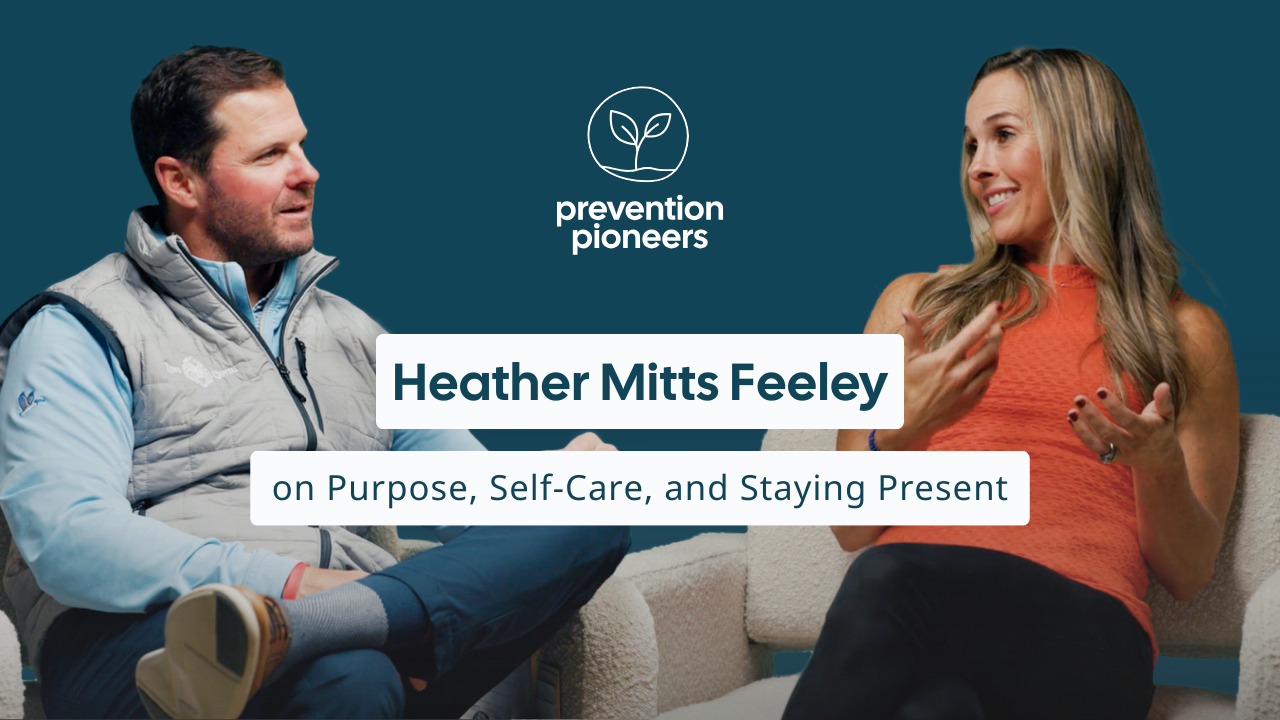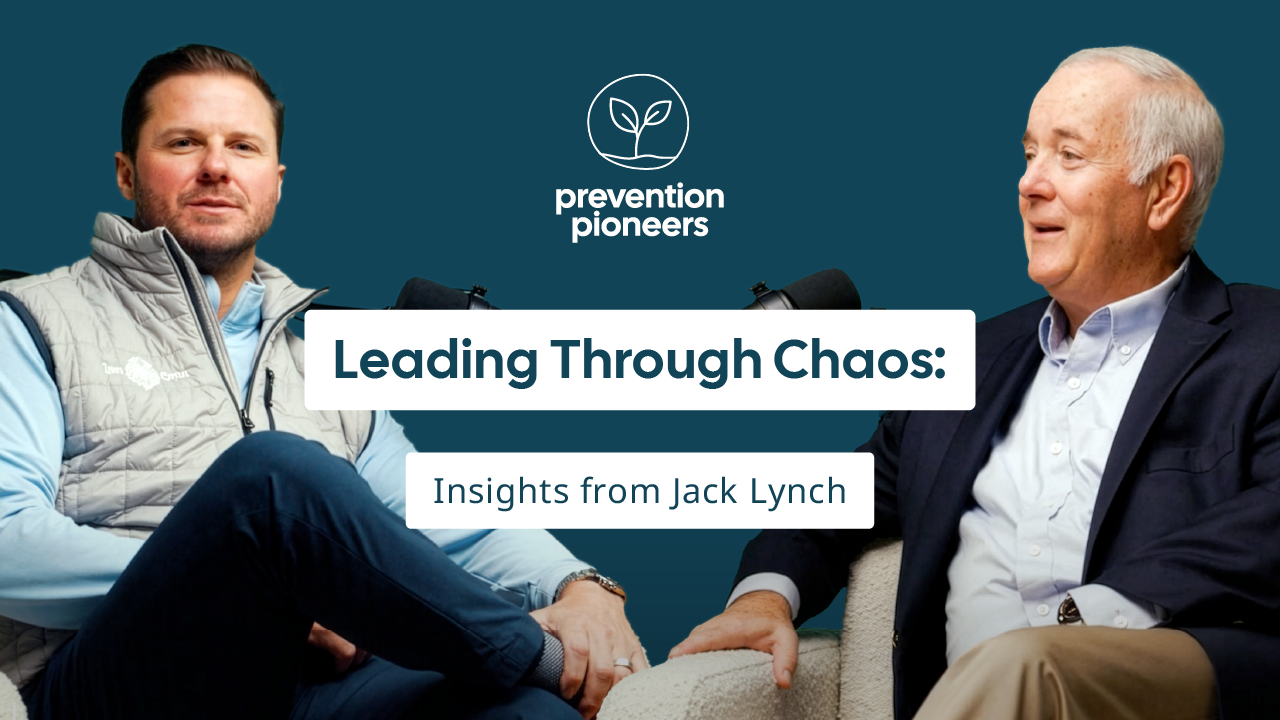Feeling Safe at Work

September 25, 2025 | Janet McDonald, Onsite CEO and Jordan Purpero, VP of Consulting Services
In today’s workplace, one truth is clear: people do their best work when they feel safe. Safe to contribute ideas, take risks, challenge perspectives, and show up authentically. Yet safety is not something that just happens. It is co-created, shaped by individual behaviors, leadership, and organizational culture.
Safety does not just unlock performance in the moment; it expands our capacity over time. When people feel safe, they conserve less energy on self-protection and can invest more in creativity, collaboration, and resilience when challenges arise.
While every person on a team plays a role in building trust, leaders carry a unique responsibility because of the inherent power dynamic. Leaders set the tone for what is acceptable, rewarded, and promoted, and their actions (or inaction) can amplify or erode safety in profound ways.
So what is the most important factor for creating thriving teams? Surprisingly, the answer has remained consistent across decades of research: psychological safety.
Why Psychological Safety Matters
Harvard Business School professor Dr. Amy Edmondson defines psychological safety as “a climate in which people are comfortable being (and expressing) themselves.” It is the belief that you will not be punished, dismissed, or humiliated for speaking up with ideas, questions, concerns, or even mistakes.
Studies consistently link psychological safety to higher engagement, innovation, and retention. Teams that feel safe share diverse perspectives, adapt quickly, and solve problems more effectively. Importantly, psychological safety also strengthens resilience. Teams who feel safe recover more quickly from setbacks because they can openly discuss what went wrong, learn together, and adapt without blame. Resilience is not the absence of failure. It is the confidence that failure will not define or divide us.
The Inner and Outer Dimensions of Safety
Psychological safety is not just an external condition. Biologically, our nervous system is wired to scan for threats and seek cues of safety. When we perceive danger, our bodies shift into self-protection, often narrowing focus and limiting our ability to connect, learn, or take risks. When we perceive safety, our system settles and energy becomes available for creativity, problem solving, and growth.
This makes safety both an internal and external experience. Internally, it looks like the ability to regulate emotions, manage fear, and voice your perspective even in uncertainty. Externally, it looks like an environment where curiosity, candor, and inclusion are the norm.
When safety is present, individuals can stretch beyond their comfort zones without becoming overwhelmed. This is how capacity grows: through repeated experiences of taking risks, learning, and returning to a stable, supportive foundation.
The challenge is that the inner work and outer work are interconnected. Even the most confident person will hesitate in a culture where mistakes are punished, or voices go unheard. And even the most intentional leader cannot guarantee safety for others. Our ability to create safety for someone else is always limited, because safety ultimately depends on both the environment and an individual’s willingness to engage. True safety is something we co-create.
So what can leaders do? While we cannot create safety for others outright, we can create the conditions where it is most likely to flourish. That begins with intentional shifts in how we show up, listen, and respond. Here are three practical ways leaders can move toward co-creating safety with their teams.

Three Shifts Towards Safety
- From “being understood” to “seeking to understand.”
Curiosity builds trust. Ask questions like, “Can you share more about how you see this?” before responding. Listening first signals respect and reduces fear. - From efficiency to effectiveness.
Moving fast is tempting, but psychological safety thrives when people feel their contributions matter. Slowing down for clarity pays dividends. - From “nice” to kind.
Over-emphasizing politeness can discourage honesty. Candor, when rooted in care, strengthens trust and clarity. Safety is not about comfort. It is about confidence in how differences are handled. Choose to be kind and speak the truth as you experience it.
Start with Yourself, Scale to the System
Begin by asking: What helps me feel safe enough to take a risk? What undermines that sense of safety? Your answers can serve as a guide for the kind of environment you create for others.
Psychological safety is not a perk. It is a performance imperative. Everyone contributes to it, but leaders carry the greatest responsibility to model the behaviors that make it possible. When leaders co-create safety with intention, they expand capacity and strengthen resilience. Teams that practice safety learn to navigate conflict, uncertainty, and change together, emerging stronger each time.
Today, choose one action: listen deeply, invite a new perspective, or share vulnerably. The steps you take toward safety today shape the results your team will experience tomorrow.
To learn more about Onsite and our mission of creating an emotionally well world, visit https://experienceonsite.com.


